Luna☺
So, recently I gave the green light for my son to get a dog. While she is “his” dog, Luna has joined our family and our home and she is absolutely gorgeous. Even though my 20 year old son is pretty good at being responsible for her, I also can’t help taking on the job. This is a job which I am passionate about, making sure she is getting the healthiest and most nutritional start to life. I wanted to make sure we have the best dog food for her. What does a primarily raw dog food diet look like? How different is puppy food?
You know that feeling when you feel you have been blessed and that you have received a gift from the universe? Well that’s what my son’s rescue puppy ‘Luna’ is. We all just love her.
Learning more about balanced natural diets for dogs & a raw dog food diet
I also have a lovely old dog, named Simba who is now nearly 17 years old. His senses are starting to fail a bit but he is still active and enjoying life. I guess I’ve done a pretty good job keeping him healthy but having Luna has inspired me to learn more about balanced natural diets for dogs. So I read and studied a wonderful book called ‘Real food for dogs & cats” by Dr. Clare Middle an Australian holistic veterinarian who has been successfully treating animals for 25 years. Clare’s book is practical and easy to follow. The book was described by veterinary surgeon, Dr. Ian Billinghurst in his foreword as “the gold standard approach to the health of today’s companion animals”. Clare writes that in her 25 years as a vet, she has had many happy reports from pet owners on the rapid improvements in their pet’s behaviour and health problems following the change from commercially processed pet food to a balanced primarily raw, natural diet. It’s the same for us. A fresher, more natural whole food diet is important for our own long-term health.
So what is the best dog food and what does a primarily raw, natural diet for dogs look like? Raw….? I’ve always happily given my dogs and cat cooked leftovers from our meals like leftover roasts and BBQ chicken, pasta dishes, fish, sardines, rice dishes, etc, Simba hates vegetables. I would supplement with the best quality I could find, ‘grain free’ commercial dry food and the occasional wet ‘natural’ pet food options. I thought I was doing well never buying the heavily processed dry and canned pet foods that were far from healthy or natural and actually quite expensive. For myself and my family, I know that a natural, wholefood, unprocessed and balanced diet that suits our individual needs is going to create long term health, happiness and longevity, fewer visits to medical professionals, and fewer or no chronic diseases. It has to be the same for our pets! I have often wondered why on earth the lovely old cat up the road that I look after when his owners go on holidays needs insulin injections for diabetes?? It must have something to do with the nasty commercial wet and dry food I was instructed to feed it.
In her book, Clare gives pet owners what she considers one of the most important healing tools for the animals under their care, an understanding of the physiological basis for a natural diet and the simple steps to make the transition from commercially processed pet food to a balanced, primarily raw, natural diet. She has seen animals respond to this diet change with loss of ‘doggy’ smell, itchy skin and weight and a gain of energy, glossy coat, cleaner teeth, greater wellbeing and greater longevity. Billinghurst believes there can be little doubt that the solution to the health problems assailing modern pets lies ultimately in their return to a more natural diet that is biologically appropriate. As an added bonus, a natural diet is actually more economical because you are not buying expensive vet promoted ‘science’ diets and over time because of your dog’s good health you are actually visiting the vet way less often.
Dogs are pack animals not human children
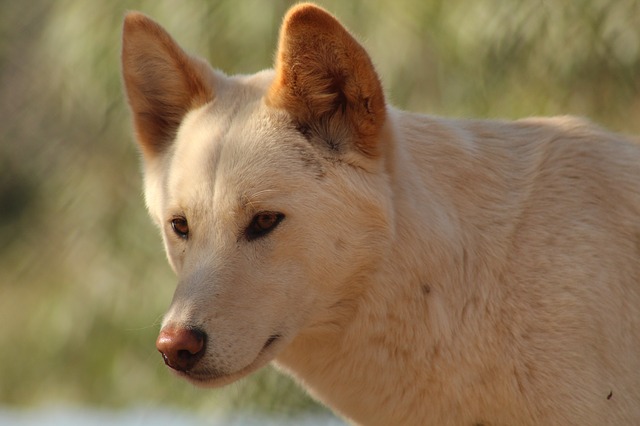 Domestic dogs are not long out of the wild and are closely related to wild dogs in both their psychology and physiology. Wild dogs have been eating raw meat and bone for hundreds of thousands of years. Those of you who ‘humanize’ your dogs may find the material in Clare’s book difficult to digest but it is so well researched and referenced that I found it incredibly interesting and logical. Dogs are hierarchical and seek to know and be certain of their place in the ‘dog pack’ – that is your family household. We should never feed a dog until after all the humans in the household have been fed. Otherwise you are telling them that they are higher in the household pack order than you are. This can create confusion, stress, behavioral issues and even aggression. Dogs also don’t need to eat ‘home cooked’ meals. They gain more balanced nutrition from a primarily raw diet.
Domestic dogs are not long out of the wild and are closely related to wild dogs in both their psychology and physiology. Wild dogs have been eating raw meat and bone for hundreds of thousands of years. Those of you who ‘humanize’ your dogs may find the material in Clare’s book difficult to digest but it is so well researched and referenced that I found it incredibly interesting and logical. Dogs are hierarchical and seek to know and be certain of their place in the ‘dog pack’ – that is your family household. We should never feed a dog until after all the humans in the household have been fed. Otherwise you are telling them that they are higher in the household pack order than you are. This can create confusion, stress, behavioral issues and even aggression. Dogs also don’t need to eat ‘home cooked’ meals. They gain more balanced nutrition from a primarily raw diet.
The dog’s digestive system
Have you noticed how your dog seems to swallow big chunks of food it has barely chewed? Most digestion of a dog’s food happens in the stomach that is highly acidic pH 1-2. This is an extremely corrosive environment, capable of digesting large amounts of raw meat and bone. When a dogs stomach is full it can stretch to up to 5% of its body weight and when it is fully stretched, the glands on the inner stomach wall are stimulated to produce yet more enzymes and hydrochloric acid to aid digestion.
Dogs are not meant to be carbohydrate or starch eaters
Carbohydrates can only be fully digested at a pH of about 4 – 5 while the ultimate pH for starch digestion is pH 6. A dog’s stomach rarely or never has such a high pH, because they are not meant to be carbohydrate or starch eaters. If a dog’s stomach is full of undigested carbohydrate – and even premium brands of dried dog are generally 30 – 60% carbohydrate, this can lead to stagnation and bloating, caused by the gas produced by bacteria, which can be a life threatening condition in dogs. Grains and cereals and dried dog food and tinned meat containing cereal are therefore not good foods to be fed to dogs in large quantities. The 3 – 5% carbohydrate of a balanced natural diet is far more appropriate for a dog’s physiology.
Changing from a commercial diet to a fresh, raw dog food diet
Changing a dog over from a mainly commercial diet of dried kibble and tinned or other wet food options needs to be done gradually over a 3 – 4 week period.
Some dogs especially older dogs or dogs with health problems, may take longer to reduce their stomach pH, stretch their stomach, detoxify their liver and get their bowel to deal with a different consistency of gut contents.
Depending on the dog and its’ condition, it can take a few days to several weeks to fully detoxify. Initial detox symptoms may include diarrhoea, rashes, thirst, irritability, vomiting and feeling lethargic. Don’t interpret this as the new diet not being good for the dog. The reverse is actually true and these are just temporary reactions and detox signs.
Some dogs and some breeds may never be able to fully convert so it is important to go slowly and carefully and do what suits them best as individuals.
Week 1 – add one piece of raw meat and bone and a vegetable or fruit to each meal for a few days and record what they like
Week 2 – if your dog is happy and not showing excessive detox symptoms give ½ the original food and ½ the new fresh foods
Week 3 – give ¼ original food and ¾ new fresh foods
Week 4 – give the new natural diet
Primarily raw food diet for dogs
60 – 80% raw meat, fat, offal, bone, fish (sardines are great!)
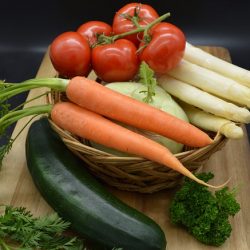
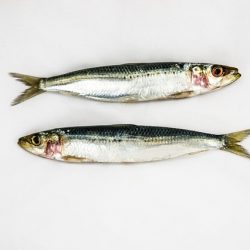
20-40% vegetables, bran, fruit, herbs, fish oil, supplements.
Small amounts of up to 10% of extra carbohydrates can be justified for dogs with increased energy needs eg very active working dogs, growing pups, pregnant or lactating dogs, under weight dogs, dogs with digestive system problems, old or sick dogs that are not adapting easily to a natural diet.
Good carbohydrate sources would include:
- cooked oats, quinoa, barley, millet, dried peas, lentils, chick peas, polenta
- cooked sweet potato and other root vegetables like turnip, parsnip, swede
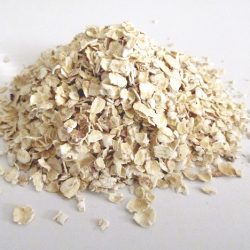
- oat or rice bran and flax meal
The grain content of a dogs diet should be high quality food rather than the waste by-products or meal contained in many commercial dry foods. If commercial dried dog food is used as a carbohydrate source it should not exceed 3% of the total diet. Even the best quality will contain 25 -60% carbohydrates.
Raw meat and bones is best
- Preservative free, free range and grass fed meat sources are best for your pet’s health.
- Cooking destroys about 70% of nutrients in raw meat.
- Raw meat contains most of the essential amino acids, some essential fatty acids, most B group vitamins, many trace elements and some antioxidants.
- Eating raw bone and cartilage keep a dog’s teeth healthy and clean and it also contains valuable nutrients including calcium phosphate, collagen and trace minerals.
- Choose cuts of meat not generally eaten by humans as they are cheaper and often contain a variety of fat, tendon, cartilage, marrow and muscle.
- Good options include cuts from chicken, turkey, lamb, mutton, ox tail, pork, goat, venison
- Beef is a common cause of itchy allergic skin which may be due to a high pesticide residue so avoid or add smaller amounts of smaller cuts.
- Kangaroo meat is very lean so you would need to add an equivalent amount of raw bone to provide adequate mineral balance. A meat with higher fat content is a better choice for pets energy needs unless they are needing to lose weight.
Cooked meat
Generations of some breeds of domesticated dogs have long eaten some cooked meat, due to their relationship with humans and a few dogs with impaired digestive ability because of age, genetics, diet or disease may be better with some cooked meat at some stages in their lives.
Bone
- Raw bone is digestible and nutritious as long as it is not too large for the size of dog and the dog is used to eating raw bone.
- Large beef ‘marrow’ bones are often too hard and can cause dental problems like cracks and wearing down of teeth. Large hard bones may be too solid to digest fully and can cause constipation.
- Good options are free range, chemical free chicken and turkey wings, backs, necks and legs, lamb necks, shanks and other suitable cuts, kangaroo tails.
- Some breeds such as Schitzus and Chihuahuas don’t have adequate teeth or they have poor jaw or head formation to chew bone. For such dogs their bones can be ground or minced.
- Very young puppies cannot chew raw bone and would initially get calcium from their mother’s milk. Puppies in the wild would eat chewed, semi digested, regurgitated raw meat and bone from adult dogs. Because they have such high calcium needs due to rapid growth they need their raw bone ground or minced with the raw meat to provide the necessary calcium to balance the phosphorus of the meat.
- Chewing bones help to clean a dogs teeth.
- The marrow is a rich source of fatty acids and vitamins.
- Strong chewing activity increases serotonin and endorphin levels in the brain making the dog feel happy and better behaved and reducing the production of adrenalin and stress hormones. The whole system becomes healthier and more balanced.
- Never feed dogs cooked bone as it cannot be well digested and may cause blockages or injury to the intestines.
Fat
- Raw fat is nutritious and safe for dogs and is an important dietary component, both for nutrition and as the main energy source.
- Raw fat contains essential fatty acids and is the best energy source for dogs.
- Cooked fat can be harmful and could cause acute pancreatitis.
- Remove the fat before cooking meat for dogs.
- Cooking can change the healthy nutrients in fat into unhealthy and harmful ones.
- Supplementary oils like fish oils, flax meal must be added uncooked and unheated.
Raw Offal and organ meats
- Includes liver, kidneys, heart, tongue, lungs, brains, reproductive organs, pancreas, tripe, and intestines.
- Contain nutrients that may not be present in muscle meat and bone so variety is good.
It’s easy to make home made liver treats by slicing and placing liver on a tray in the oven on a very low temperature or in a dehydrating unit.
Yogurt, eggs, cheese
- Many dogs are lactose intolerant and will be better with goat, sheep or soy milk products.
- Milks are ok in small amounts for puppies but not recommended for adult dogs.
- Low fat, yogurts and cheeses are good foods in moderation.
- Raw eggs yolks are highly nutritious and contain choline that helps the digestion of fatty acids and fat-soluble vitamins.
Vegetables, fruit and herbs
- Dogs in the wild eat fresh intestinal contents from a herbivore’s carcass and dogs naturally eat rotting fruit, berries, herbs and herbivorous dung.
- 10- 30% raw, cooked or pulped fruit and vegetable matter in a dogs diet provides necessary trace elements, vitamins and fibre.
- You can increase the fruit and vegetable matter to up to 50% and reduce the protein content for over weight dog.
- Avoid onion, potato, non organic peel, green potato, rhubarb, silver beet, large amounts of raw cabbage, broccoli, and brussel sprouts, pips, seeds and stones, corn cobs, grapes and dried fruits, eggplant, zucchini and tomatoes, macadamia nuts as they can be toxic, difficult to digest or cause allergies.
A detailed breakdown of your pets diet
- 35% raw muscle meat including fat
- 25% raw bone
- 5 – 10% raw offal or weekly cod liver oil and wheat germ oil 1 – 5 teaspoons or vitamin E 50 – 500 IU depending on your dogs body weight
- up to 10% fish, egg, low fat yogurt/soft cheese (optional)
- up to 30% vegetables and fruit
- fish oil or coconut oil ( 1 – 6g)
- kelp and/or alfalfa and/or spirulina (½ – 2 teaspoons powder)
- flaxmeal and/or bran (½ – 2 teaspoons) optional
- up to 5% quality cooked grains for special needs
How much should I feed my dog?
- Growing puppies need to eat at least 5% of their body weight in food each day.
- Dogs over 6 months of age/adult dogs should eat approximately 20-30% of their body weight per week which translates to about 2 – 5% of their body weight at each meal.
- Smaller dogs need closer to 5% and larger dogs need closer to 3%.
- Adult dogs should be fed 6 to 7 meals per week.
- Dogs with high energy needs like puppies and lactating mothers may need more than 5%.
Some examples
- A 5kg dog may eat 30% of its body weight each week or a little more than 1.5kg in total. This would be around 210g per meal if 7 meals and 250g per meal if 6 meals per week.
- Double this roughly for a 10 kg dog ie 3kg per week, 420g – 500g per daily meal
- A 25kg dog may eat 25% of its body weight weekly
- A 40kg dog may eat around 20% of its body weight weekly or 8kg
Feed until full
A dog should be fed until it is quite full because their stomach needs to be quite stretched for the optimal release of digestive enzymes and gastric secretions. Dogs do not have digestive enzymes released in their mouth.
Fast your dog once a week
- A dog thrives best on the whole digestive tract being completely empty at regular intervals.
- It takes about 18 to 30 hours for a dog’s stomach, intestines and bowel to empty.
- It is when the digestive system is empty, and blood glucose has dropped beneath a certain level that the liver is forced to convert glycogen from fat, muscle and the liver itself into glucose for energy.
- Fasting allows the liver to detox pesticides, toxins, chemicals, medicines and drugs .
- More than 6 meals per week may compromise the liver’s ability to ever fully detox.
- Dogs will be more energetic and work more effectively if they have not been fed for a day or two. Dogs are capable of going without a meal without loss of energy.
- Exercise on the fasting day will add to the cleansing effect of the fast.
- Fasting your dog is not cruel as long as they are not puppies, pregnant, lactating or on an unsatisfying commercial diet. Thinking it is cruel is looking at a dog’s emotions in human terms.
Random Feeding
Feeding your dog at the same time every day creates a conditioned or stress-association response like ‘Pavlov’s Dog’ and they expect to be fed at this time. This stress causes a release of adrenaline which reduces blood flow to the upper gastrointestinal tract and reduces effective digestion. If your dog is on a natural diet it is easier to introduce random feeding and fasting at about 6 months of age. It would not be suitable if your dog ate primarily commercial dried food.
An example of a random feeding timetable
Day 1 – 9am; Day 2 – midday; Day 3 – 7pm; Day 4 – fast; Day 5- 10am; Day 6 – 1pm; Day 7- fast or 5pm
If random feeding doesn’t work for you and your dog don’t worry, the natural diet on it’s own has so many health benefits.
Natural medicine for your pet
As a holistic integrative vet, Clare would combine natural therapies with normal conventional treatments or surgery. She and her colleagues studied and used homeopathy, acupuncture, herbal medicine, flower essences, Bowen therapy, reiki and kinesiology, cranio-sacral therapy, chiropractic and spiritual healing. They saw many pets get better and live longer happier lives. Clare finds that the best result comes when natural therapies are combined with a natural primarily raw diet and minimal chemical and vaccination use. Luna loves her natural primarily raw dog food diet puppy food as described by Clare for the best dog food and I have always used homeopathy for my dogs and cat. They are happy and living long lives with fewer vet visits. Ask your Homeopathic or Natural therapies clinic if they have practitioners that have experience and knowledge treating pets!
Good Luck !
- Vitamin D – “The Sunshine Vitamin” - 29/06/2022
- 20 Tips to Control Your Sugar Cravings - 06/10/2021
- Knock out that cold or flu and fast track your way back to health! - 15/06/2021
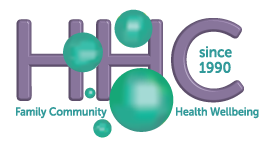

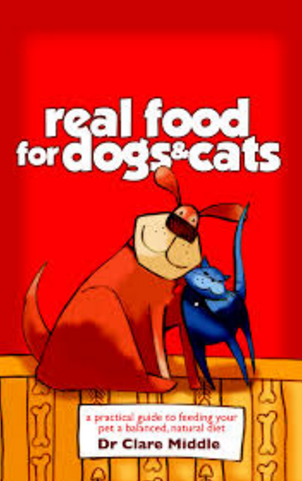
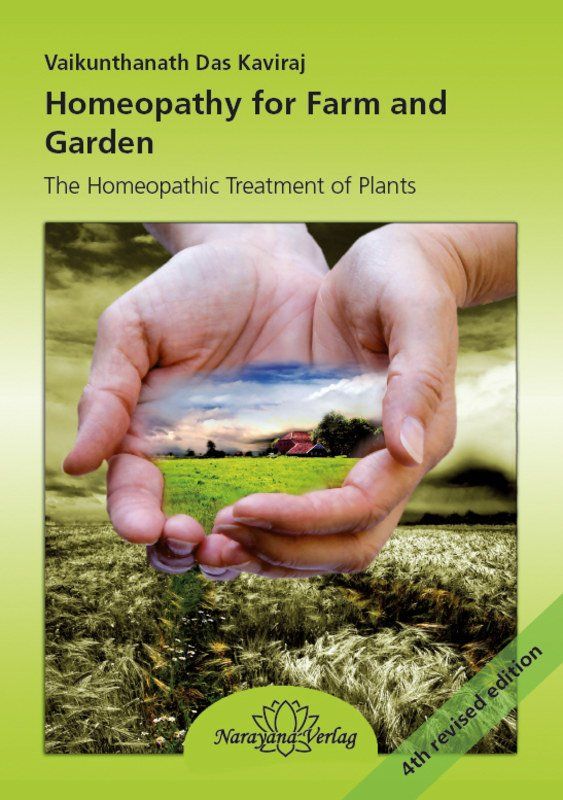
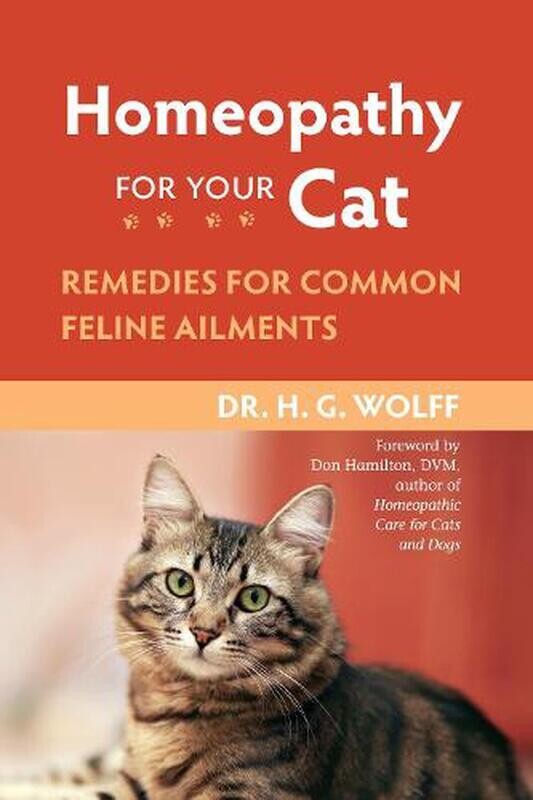
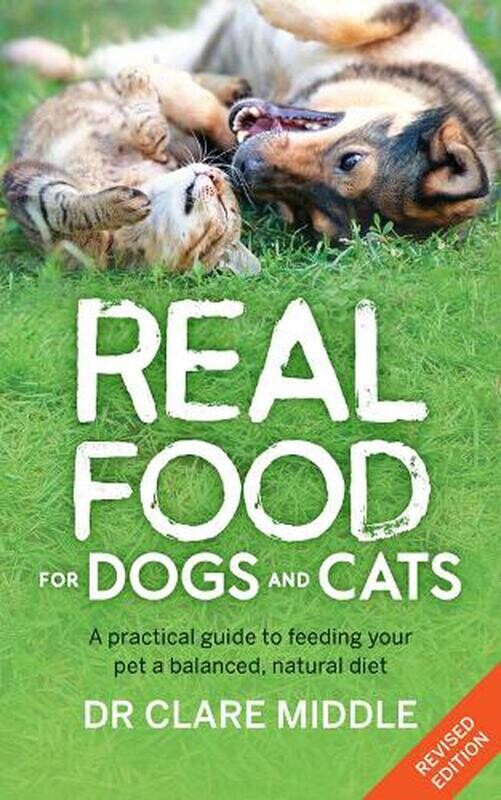
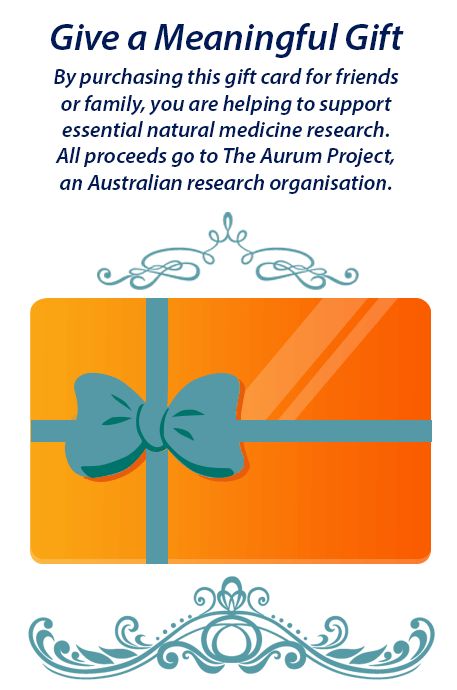
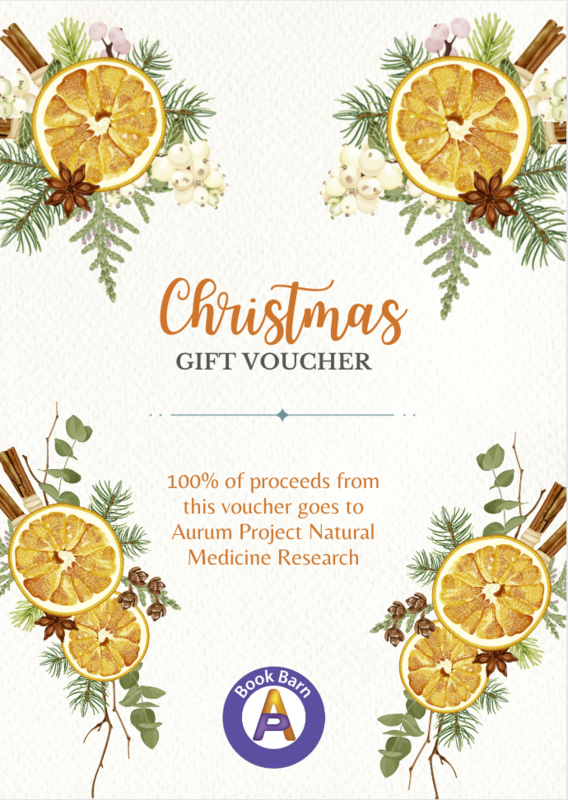
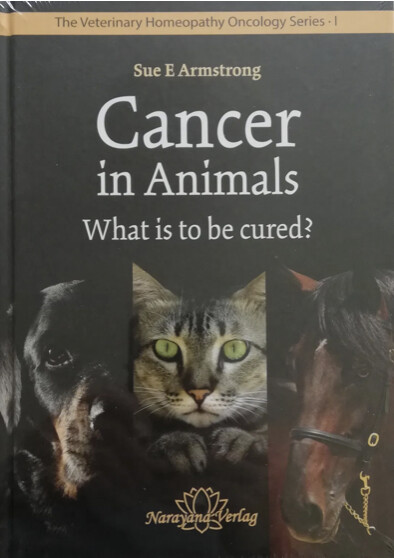
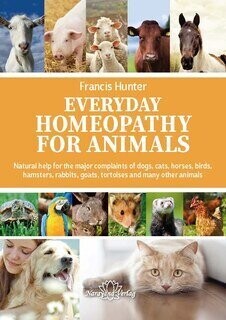


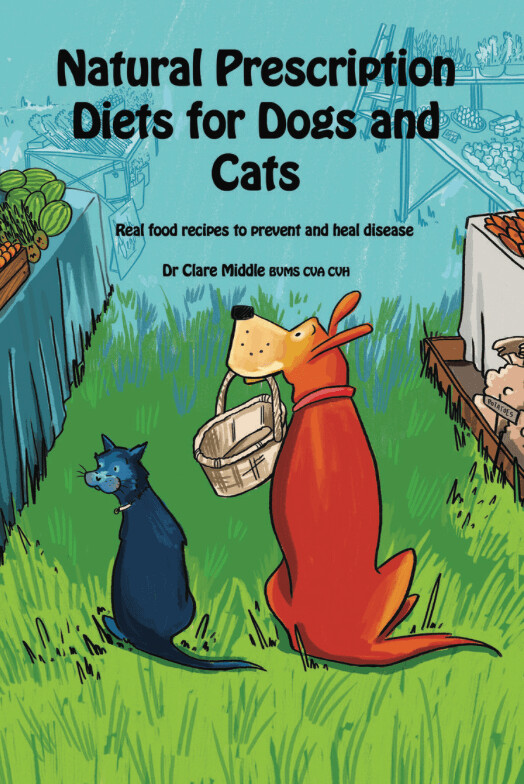
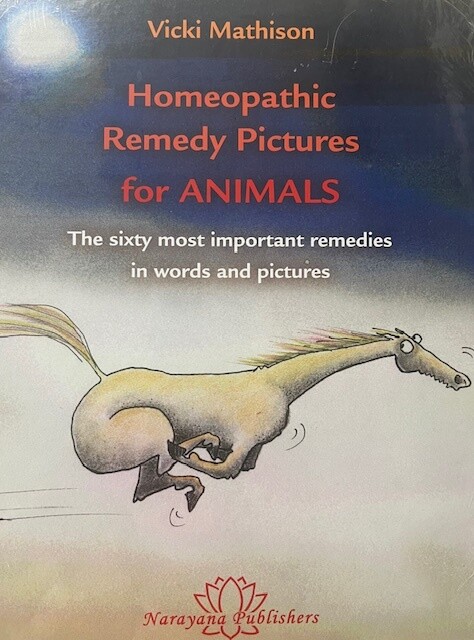



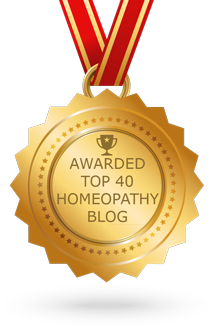
Leave a Reply